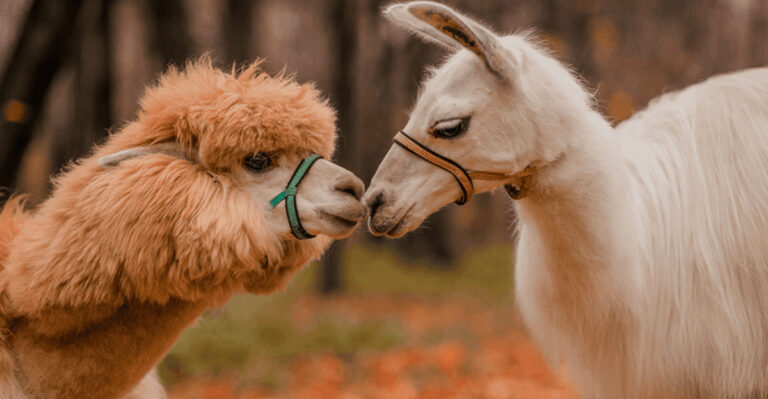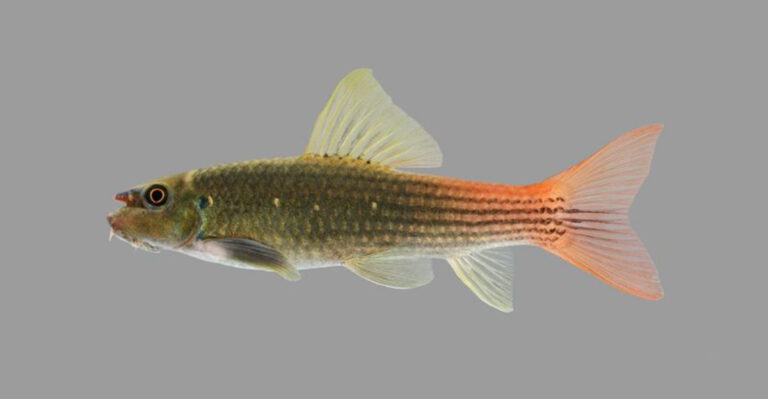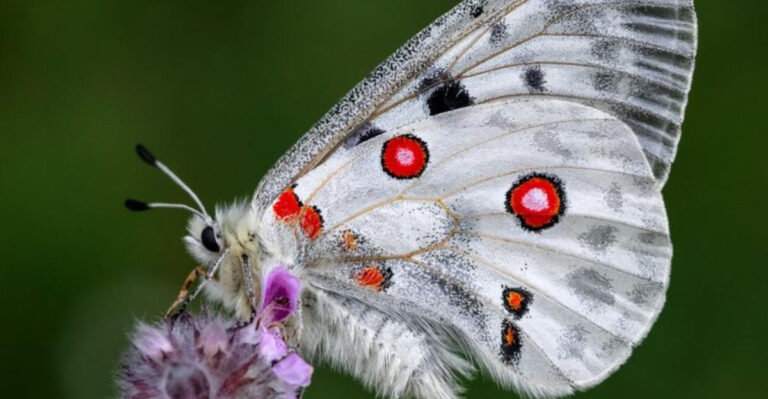Watch Out Europe: 12 North American Species That Could Wipe Out Local Habitats

The movement of plants and animals around the world has accelerated with human travel and trade. North American species, when introduced to European ecosystems, can cause devastating ecological damage by outcompeting native wildlife.
With no natural predators to keep them in check, these invaders can multiply rapidly and permanently alter the natural balance of their new homes.
1. Cunning Coyotes Take Over

Originally desert dwellers, coyotes have conquered nearly every North American landscape from city parks to mountain forests. Their incredible adaptability makes them perfect invaders in Europe.
European red foxes wouldn’t stand a chance against these larger, more aggressive cousins. Coyotes eat everything from rabbits to fruit, and can produce up to 19 pups per litter when food is plentiful.
2. Monster Bass Lurking Below
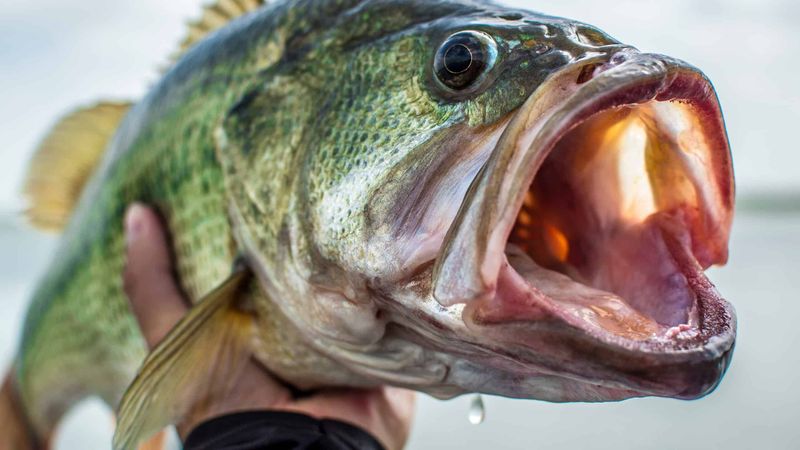
Fishing enthusiasts have spread largemouth bass worldwide, often with catastrophic results. These ambush predators grow up to 30 inches long and devour anything that fits in their oversized mouths.
A single female can lay 100,000 eggs annually! In Spain and Italy, where some populations already exist, they’ve decimated native fish communities and altered entire lake ecosystems within just a few years.
3. Ancient Reptiles Heading North
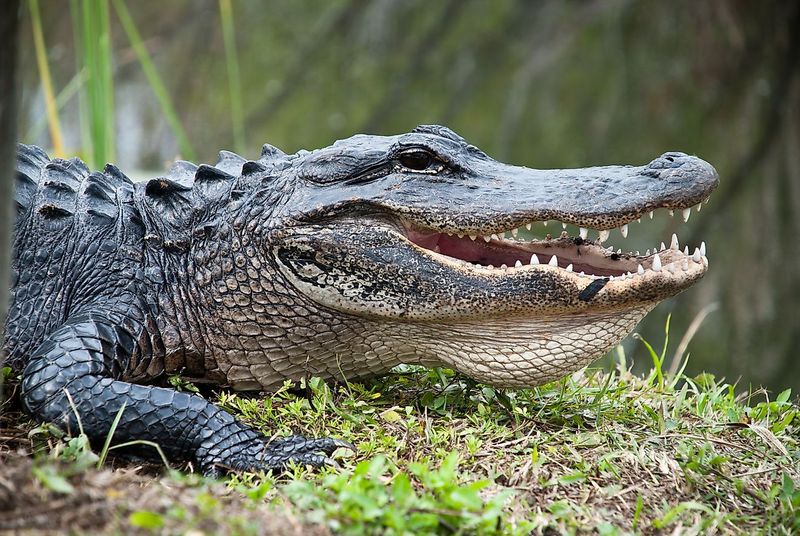
Climate change is expanding suitable habitat for American alligators northward. These ancient reptiles can exceed 13 feet in length and weigh half a ton!
With warming Mediterranean waters, southern European wetlands could become perfect alligator territory. Their indiscriminate appetite for everything from fish to deer would restructure entire food webs, potentially eliminating vulnerable native species in a single generation.
4. Masked Bandits Raid Europe

Raccoons have already established populations in Germany after escaping from fur farms in the 1930s. These clever omnivores can open trash cans, raid bird nests, and navigate urban environments with ease.
Their dexterous paws make them excellent egg thieves, threatening ground-nesting birds. Carrying dangerous parasites like raccoon roundworm, they pose health risks to humans and native wildlife throughout the continent.
5. Voracious Bullfrogs Swallow Everything
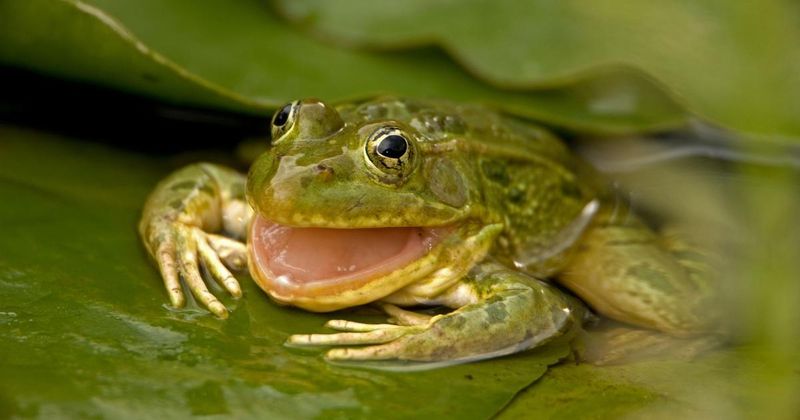
America’s largest frog is a glutton with an insatiable appetite. Adult bullfrogs will eat snakes, fish, smaller frogs, and even birds – anything they can fit into their gaping mouths.
Already established in Italy and France, they spread the deadly chytrid fungus that’s wiping out amphibians worldwide. Their loud, distinctive calls can be heard a mile away, announcing their conquest of new territory.
6. Dam-Building Engineers Reshape Rivers
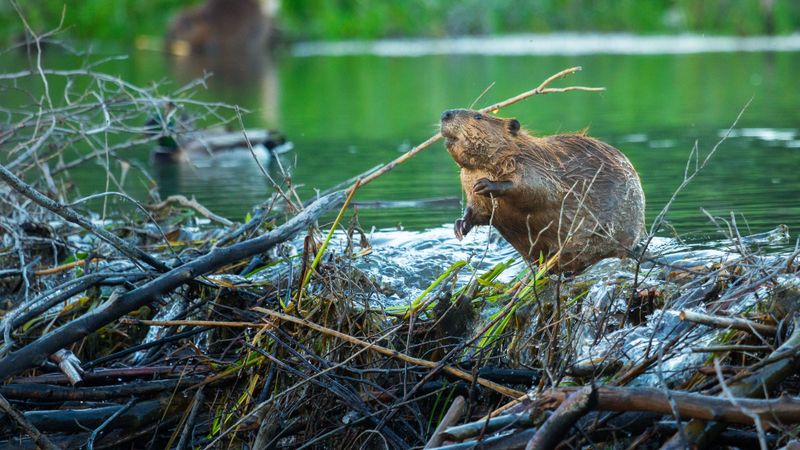
North American beavers construct larger, more complex dams than their European cousins. Their engineering projects can transform entire valley ecosystems by creating massive ponds and wetlands.
While beavers benefit some species, their dams can flood farmland and infrastructure. In Finland and Russia, where they’ve been introduced, North American beavers are outcompeting native European beavers through more aggressive territory defense and dam construction.
7. Grey Squirrels Push Reds To Extinction
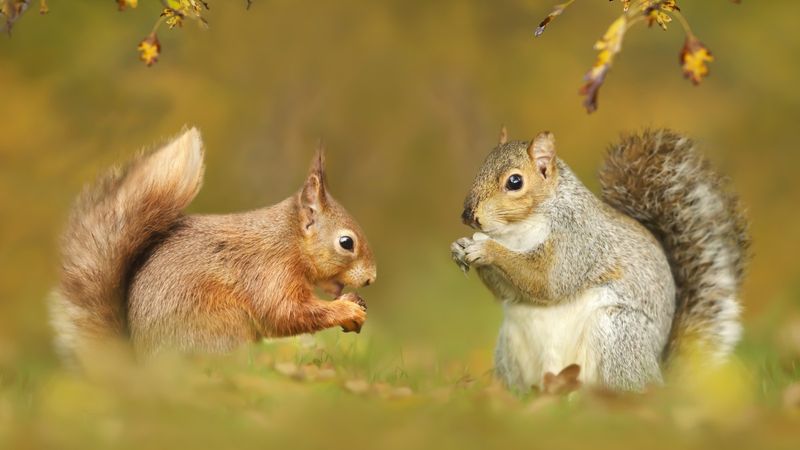
The British Isles have witnessed the devastating impact of American grey squirrels firsthand. Bigger and more aggressive than native red squirrels, greys can eat unripe acorns that reds can’t digest.
Worse still, they carry squirrelpox virus – harmless to them but lethal to red squirrels. Since their introduction in the 1870s, red squirrel populations have collapsed by over 95% in Britain, with similar patterns emerging in Italy.
8. Prehistoric-Looking Turtles Bite Back

Snapping turtles look like they belong in the age of dinosaurs with their spiked tails and powerful jaws that can slice through bone. Capable of living 100 years, a single released pet could impact generations of native wildlife.
Their aggressive nature makes them formidable predators in European ponds. Unlike native turtles, snappers actively hunt prey rather than scavenging, putting additional pressure on already threatened amphibian populations.
9. Popular Pet Turtles Overtake Waterways
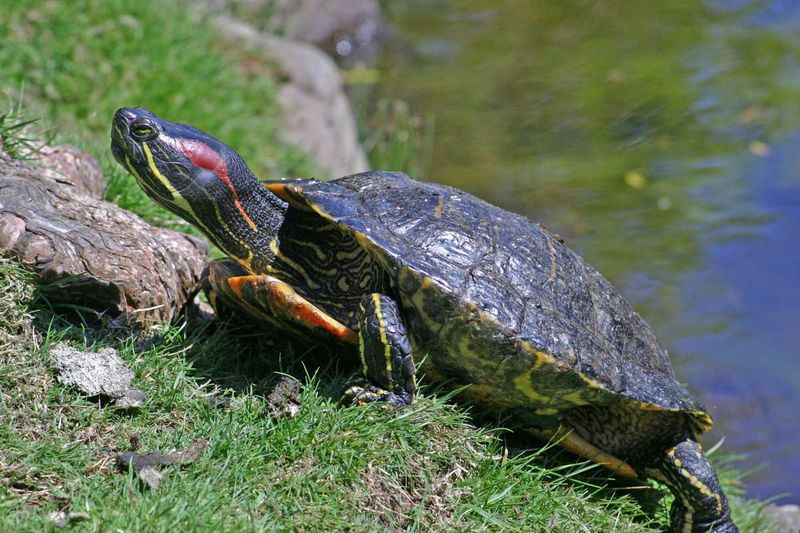
Those cute pet store turtles with red ear stripes become ecological nightmares when released into the wild. Millions were exported from America for the pet trade, with many eventually dumped in European waters.
Red-eared sliders mature faster and grow larger than native European pond turtles. They hog the best basking spots, preventing native turtles from regulating their body temperature properly. Already established in 26 European countries, they’re nearly impossible to eradicate.
10. Smelly Defenders Claim New Territory
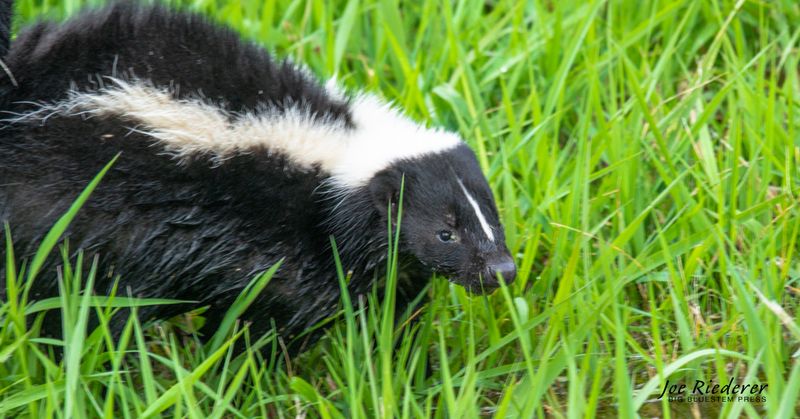
Striped skunks might look adorable, but their chemical warfare capabilities make them formidable invaders. Their distinctive defensive spray contains compounds detectable by humans at just 10 parts per billion!
Few European predators would know to avoid these bold omnivores. Skunks thrive in human-modified landscapes and can carry rabies. Their efficient foraging for insects, eggs, and small mammals could disrupt delicate ecological balances throughout the continent.
11. Escaped Mink Devastate Waterbird Colonies
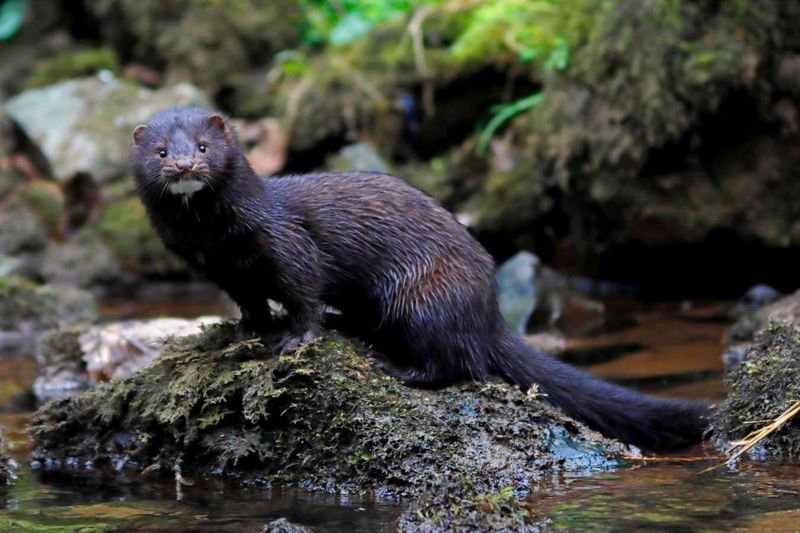
Sleek and vicious, American mink escaped from European fur farms have established wild populations across the continent. These semi-aquatic predators can swim underwater for 30 feet and squeeze through holes the size of a golf ball.
Their hunting prowess has devastated ground-nesting birds on islands and riverbanks. In the UK alone, water vole populations have plummeted by 95% partly due to mink predation. Unlike native predators, mink will kill multiple victims in a feeding frenzy.
12. Bottom-Dwelling Fish Cause Top-Level Chaos
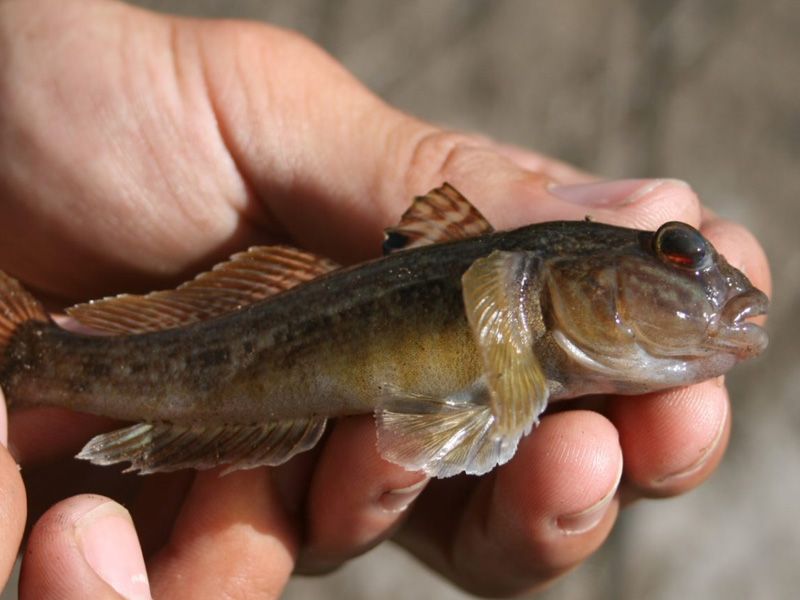
The round goby might look unimpressive at just 10 inches long, but these aggressive fish have already invaded the Baltic Sea and many European rivers. Originally from North American Great Lakes, they outcompete native fish for food and nesting sites.
Female gobies can spawn multiple times per season, producing up to 5,000 eggs each round! They feed voraciously on mollusks and fish eggs, altering entire food webs and threatening commercial fisheries across Europe.


